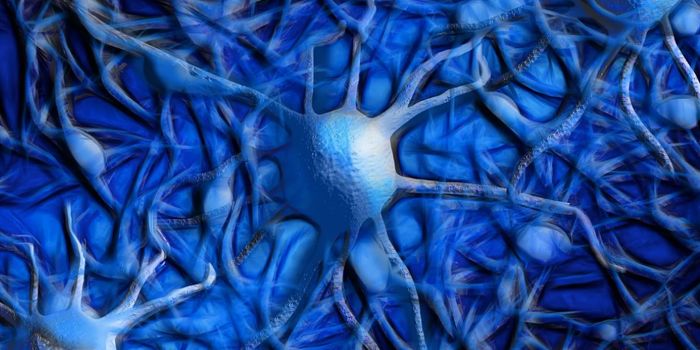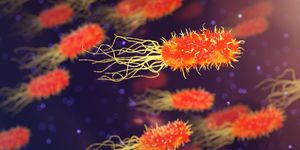The Gene Behind Friendly Human Faces
Domestication has transitioned rugged wolves into dogs with floppy ears, curly tails and spotted coats. And humans have undergone a similar process- now having smaller, flatter faces than our ancestors, and less prominent brow bones. Unlike dogs, who were largely domesticated by us, humans are thought to have domesticated themselves. And now, researchers have found a gene responsible for a lot of the process.
Previously, scientists had proposed that, to achieve current human appearances, our ancestors had selected for genetic changes that hamper the movement of neural crest cells. Responsible for the development of tissues including bones, adrenal glands, pigment cells, facial cartilage and smooth muscles in embryos, the researchers proposed that mild genetic changes may result in neural crest cells that don’t move so well, and thus result in more “cuddly” facial features.
It wasn’t until more recently though that scientists found a genetic basis for this explanation. In a new study, investigators from the University of Milan in Italy analyzed cells from people with developmental conditions to better understand how neural crest cells work. In particular, they found that one gene, called BAZ1B, controls 40% of genes active in those cells. Moreover, their research showed that genes under direction from BAZ1B were among those that changed in both animals and humans as they evolved.
Crucial for the development of the face, BAZ1B is found on chromosome 7 alongside genes known to cause Williams syndrome, a genetic disorder that leads to distinct facial features and hyper-sociability. Using the gene in a stem cell model, the researchers found that it affects the activity of 448 genes, making it a “master architect” of the cranial neural crest.
Although many of the genes regulated by BAZ1B are known to be significant in physical elements of recent human evolution, the extent to which the gene has played contributed to more sociable and friendly behavior is unknown. Giuseppe Testa, involved in the study said that this comes especially as changes in our faces and brains may have occurred at different stages of our evolution.
Nevertheless, the researchers’ findings provide landmark evidence supporting the human-domestication hypothesis of human evolution. Brian Hare, an evolutionary anthropologist at Duke University said, “This is the strongest test yet of the human self-domestication hypothesis, and seems to support the idea that humans, like many other animals, have evolved due to selection for friendliness that also shaped other features like our faces.”
Sources: New Scientist, Science News and Science Advances









